Are you interested in the history and impact of religion? These are the top religion museums in Castile and León:
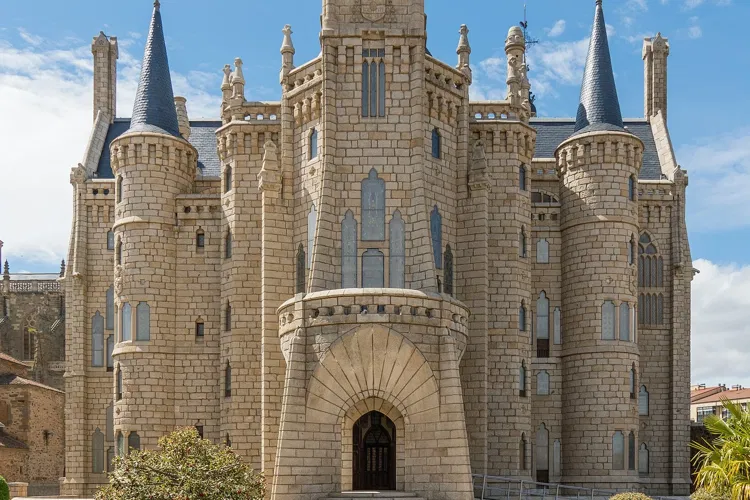
Palace of Gaudí
AstorgaThe Episcopal Palace of Astorga, a masterpiece by the renowned Catalan architect Antoni Gaudí, stands as a testament to the Catalan Modernisme style. Constructed between 1889 and 1913, this architectural marvel is one of only three buildings by Gaudí outside Catalonia. Its unique design and historical significance make it a fascinating destination for those interested in architecture and history.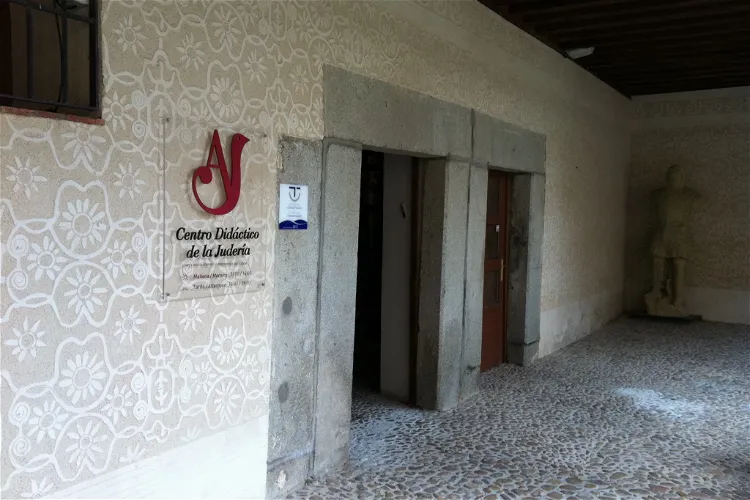
Didactic Center of the Jewish Quarter
SegoviaThe Didactic Center of the Jewish Quarter in Segovia is a Jewish educational center that was opened in 2004. It is located in the Jewish Quarter of the city of Segovia, Spain. The center is housed in the former home of Abraham Senior, a major rabbi and accountant of Castile.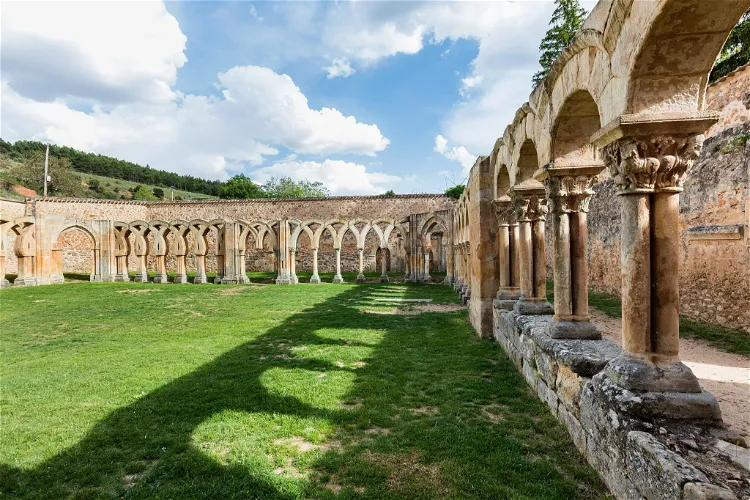
Monastery of San Juan de Duero
SoriaSan Juan de Duero, also known as Arcos de San Juan de Duero, is a significant site of Castilian Romanesque architecture. It is situated on the outskirts of the city of Soria, in the region of Castilla y León, Spain. This historical site serves as the Medieval Section of the Numantine Museum, offering visitors a glimpse into the architectural style and history of the period.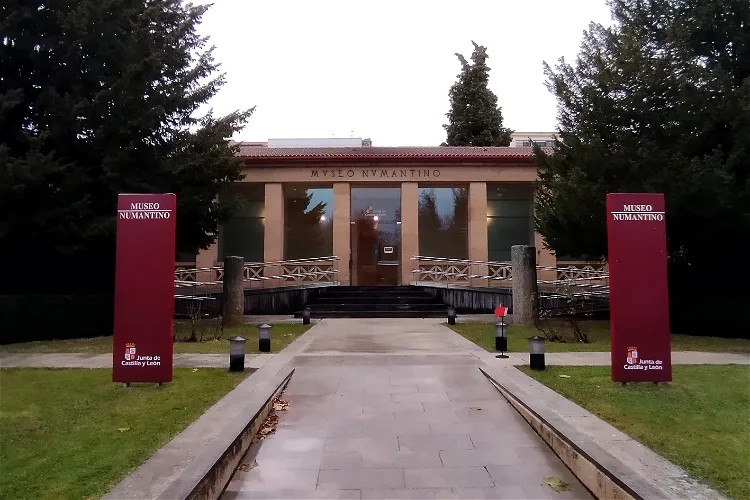
Numantine Museum of Soria
SoriaThe Numantine Museum of Soria is a significant cultural institution in Soria, Spain. It offers a comprehensive exploration of the prehistory and history of the province of Soria, presented through a rich collection of art and archaeological artifacts. The museum's focus on the region's past provides visitors with a deep understanding of the area's cultural and historical development.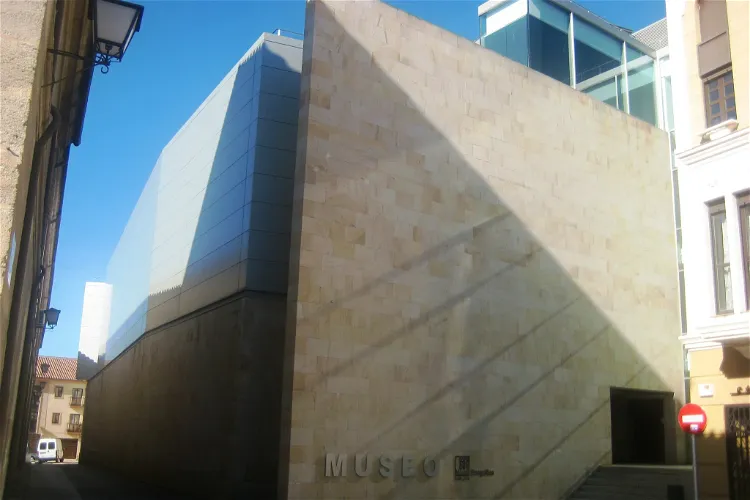
Ethnographic Museum of Castilla y León
ZamoraThe Ethnographic Museum of Castilla y León is situated in the city of Zamora. It is one of the four museums that form the Network of Regional Museums of Castilla y León. This network includes the Museum of Iron and Mining of Castilla y León, the Museum of Contemporary Art of Castilla y León, and the Museum of Human Evolution.
Diocesan Museum
PalenciaThe Diocesan Museum of Palencia, inaugurated in 1973, is a museum dedicated to the custody and study of the sacred art of the diocese. It is located in the Episcopal Palace of the capital of Palencia, a significant historical site in itself.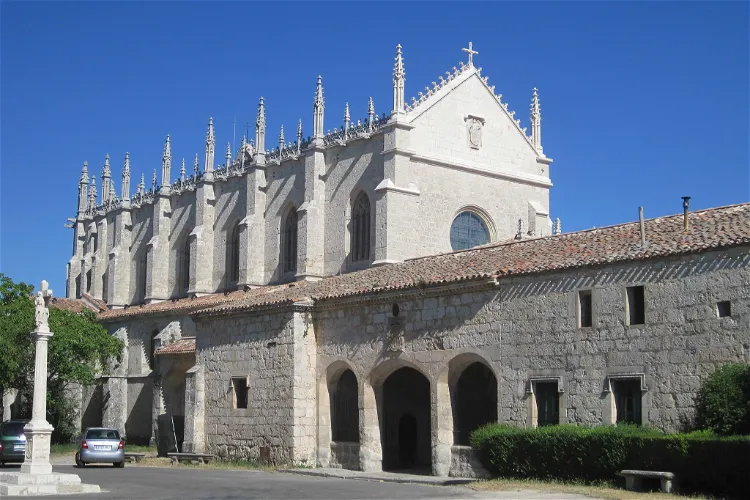
Miraflores Charterhouse
BurgosLa Chartreuse Notre-Dame de Miraflores, an ancient Carthusian monastery, is located on a hill known as Miraflores. This historical site is situated approximately three kilometers from the city center of Burgos, in the Fuentes Blancas park. The serene surroundings and the historical significance of the monastery make it an interesting site for tourists visiting Burgos.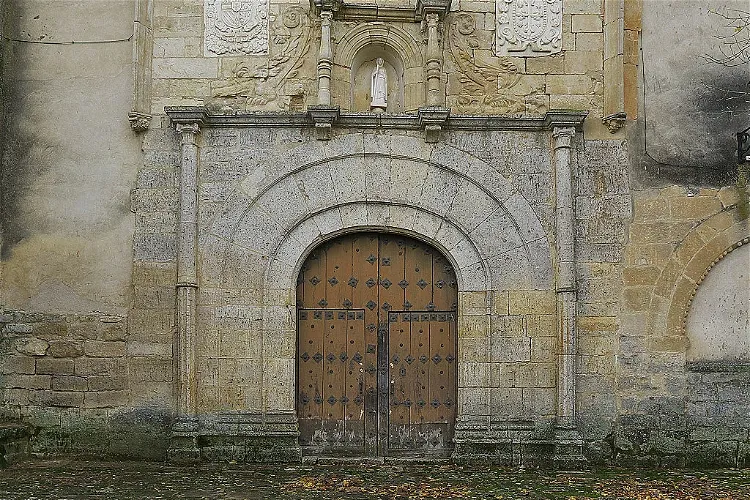
Monastery of Sancti Spiritus
ToroWithin the Monastery of Sancti Spiritus el Real, visitors can find the Museum of Sacred Art of Toro. This museum is home to a unique collection of polychrome sargas from the 16th century. These sargas depict scenes from the Passion, taken from large-scale Italo-Flemish prints. This collection provides a unique insight into the religious art of the period and is a must-see for any art enthusiasts or those interested in religious history.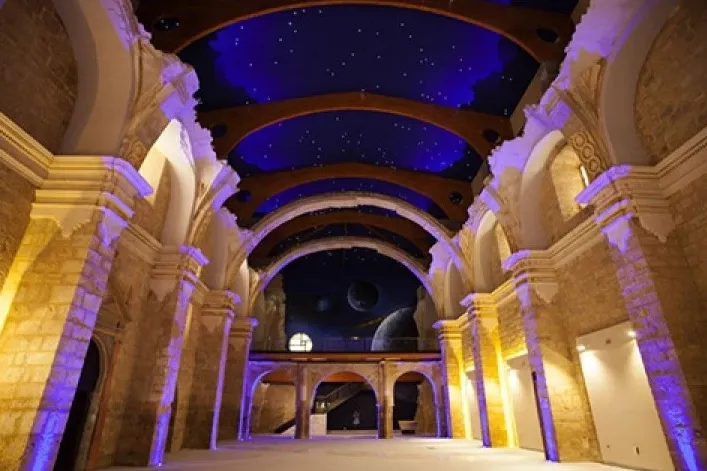
San Pedro Cultural
Becerril de CamposSan Pedro Cultural is a unique monument that was inaugurated on March 19, 2015. It was built from the ruins of the Church of San Pedro in the town of Becerril de Campos. This town was declared the most beautiful village in Spain by internet users in 2016. This makes it a significant location for tourists who are interested in history, architecture, and natural beauty.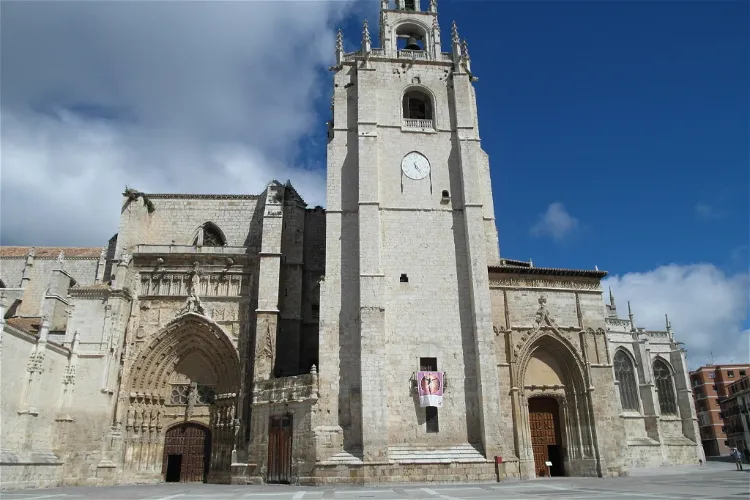
Palencia Cathedral
PalenciaThe Cathedral Basilica of Saint Antoninus, located in Palencia, Spain, is a Roman Catholic church dedicated to Saint Antoninus of Pamiers. This cathedral is a significant religious site and a remarkable example of Roman Catholic architecture.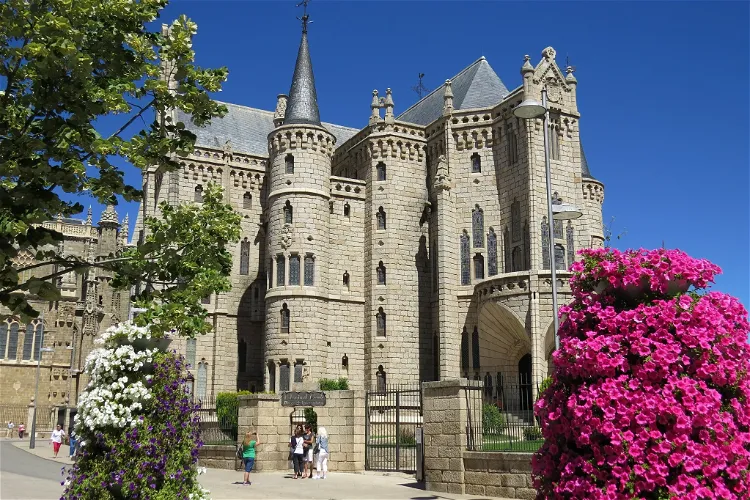
Museo de los Caminos
AstorgaThe Museo de los Caminos, located in the Episcopal Palace of Astorga in the province of León, Spain, is dedicated to the Camino de Santiago. This museum offers a deep dive into the history and significance of this famous pilgrimage route.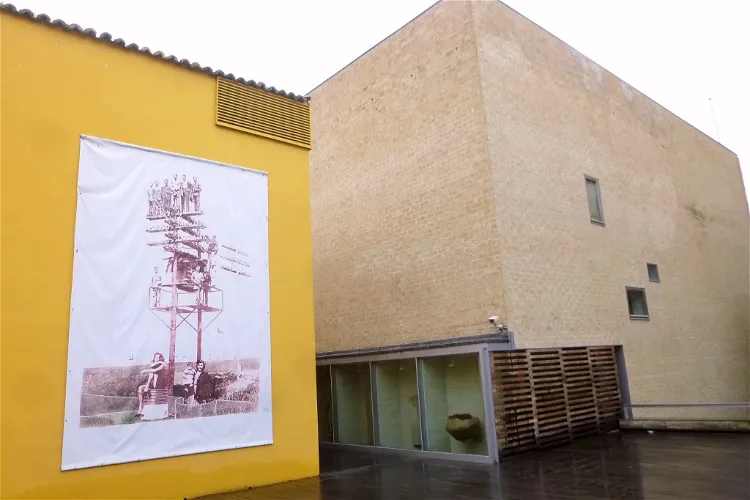
Zamora Museum
ZamoraThe Zamora Museum, a provincial museum, is situated in the Santa Lucía square in Zamora, Spain. This location is in a neighborhood known as Puebla del Valle during medieval times. The museum is a significant cultural institution in the region, offering a glimpse into the area's rich history and heritage.
Semana Santa Museum
ZamoraThe Semana Santa Museum in Zamora was founded in 1957 by the city's Junta Pro Semana Santa. The museum was established with the aim of preserving and showcasing the processional steps of the brotherhoods. These were previously stored in various locations, colloquially referred to as 'paneras' in Zamora.
Zamora Cathedral Museum
ZamoraThe Zamora Cathedral Museum, the main museum of the Zamora diocese, was inaugurated in 1926. Its primary purpose is to house and display works from the Cathedral and other parishes of the diocese to the public. This museum is a significant part of the cultural and historical heritage of the region, offering visitors a chance to explore and appreciate the rich artistic legacy of the diocese.
Museum of St Isidoro
LeónThe Museum of the Royal Collegiate of San Isidoro is situated within the Basilica of San Isidoro in León. This location provides a unique setting for the museum, combining historical architecture with a rich collection of artifacts.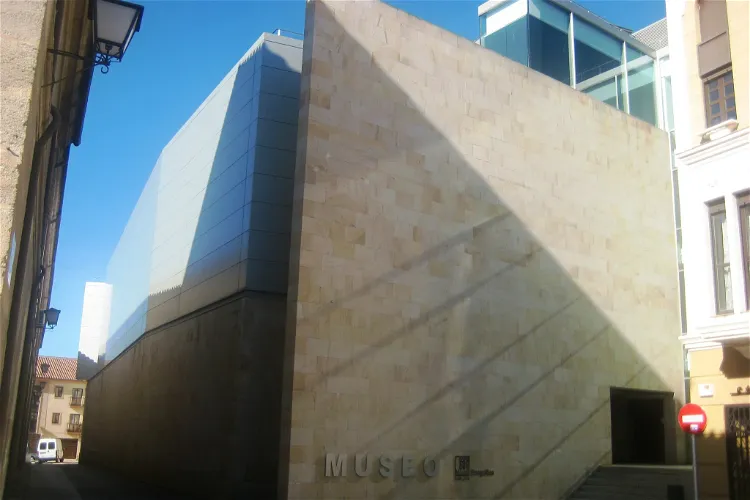
Ethnographic Museum of Castilla y Leon
LeónThe Ethnographic Museum of Castilla y León is situated in the city of Zamora. It is one of the four museums that form the Network of Regional Museums of Castilla y León. This network includes the Museum of Iron and Mining of Castilla y León, the Museum of Contemporary Art of Castilla y León, and the Museum of Human Evolution.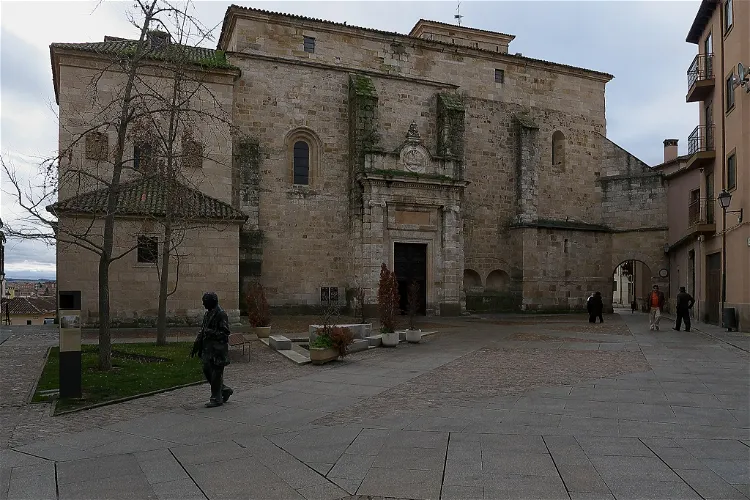
Church of San Pedro y San Ildefonso
ZamoraThe Church of San Pedro y San Ildefonso is a significant religious site in Zamora, Spain. Originally built in the Romanesque style, it is the largest and most important church in the city, second only to the Cathedral. Its size and historical significance make it a notable point of interest for visitors to the city.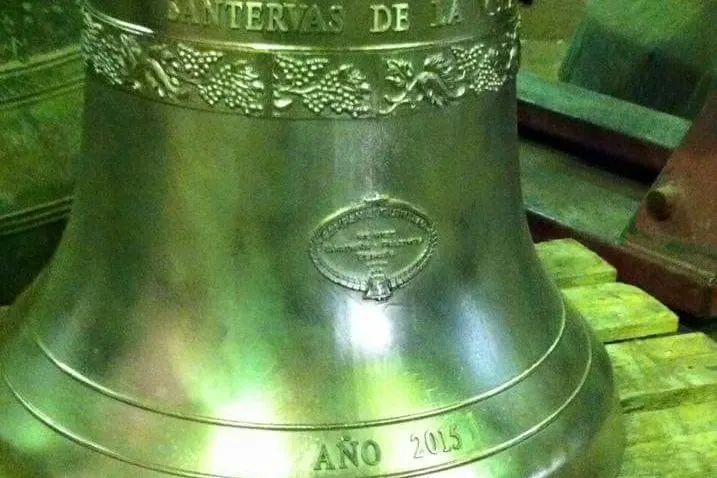
Bells Museum
UrueñaThe Quintana Bells Collection is a museum that is situated in Urueña, a municipality and locality in the province of Valladolid. This location is known for its rich history and cultural significance, making it an interesting destination for tourists who are interested in exploring the cultural heritage of Spain.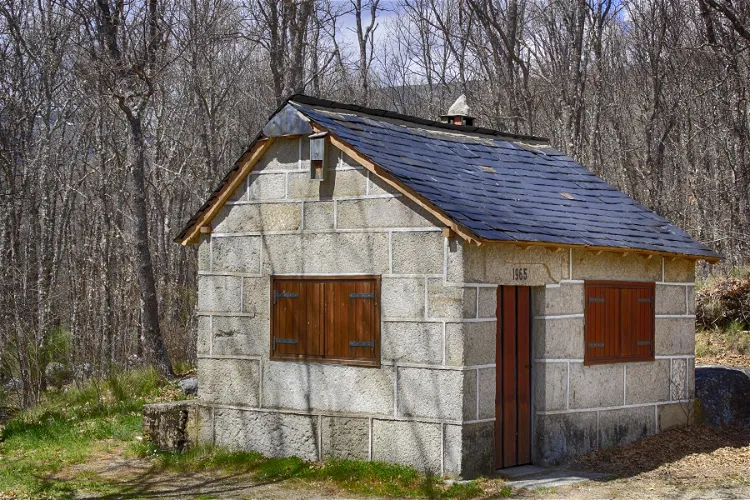
Sanabria Lake Natural Park
GalendeThe Park Interpretation Centre, located in the restored monastery of San Martín de Castañeda, offers a unique insight into the park's history and natural features. This medieval building, once home to Cistercian monks, now serves as a hub for learning and exploration within the park.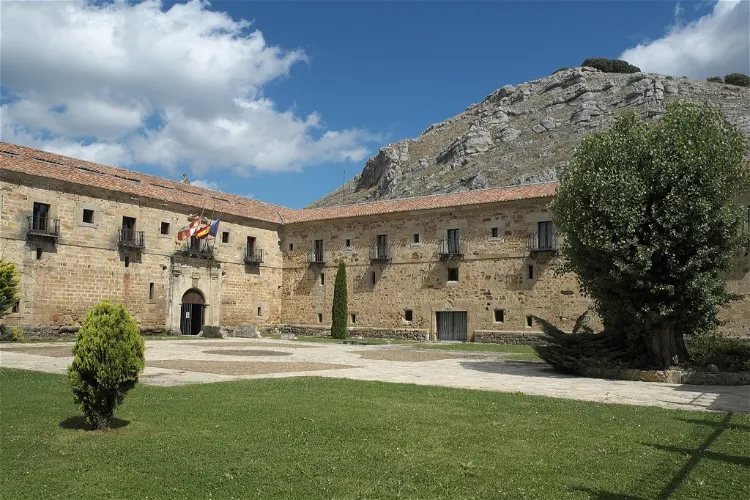
Monastery of Santa María la Real
Aguilar de CampooThe Monastery of Santa María la Real is located in Aguilar de Campoo, a municipality in the province of Palencia, within the Spanish Autonomous Community of Castile and León. This former Premonstratensian monastery was constructed at the end of the 12th and beginning of the 13th century, a period marking the transition from Romanesque to Gothic architecture.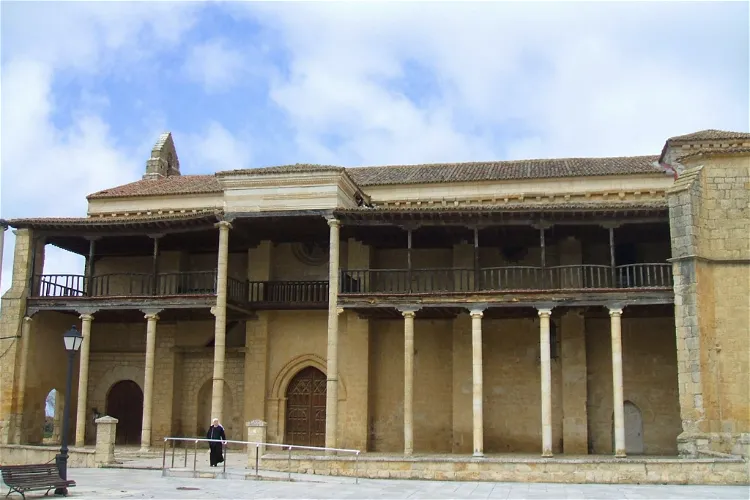
Church of Santa María
Becerril de CamposSince 1971, the Church of Santa María la Antigua has been deconsecrated and serves as one of the locations for the Territorial Museum Campos del Renacimiento. The museum, which was inaugurated on July 10, 1996, offers visitors a chance to explore a wide range of historical and cultural artifacts.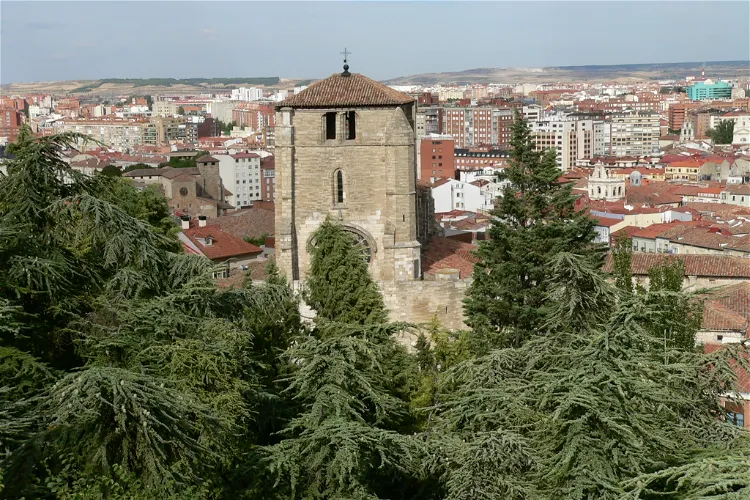
Iglesia de San Esteban
BurgosThe Retablo Museum boasts a collection of altarpieces dating from the 15th to the 18th century, sourced from various locations within the province of Burgos. Additionally, the museum displays a selection of religious goldsmithing. This provides a rich insight into the religious art and craftsmanship of the period.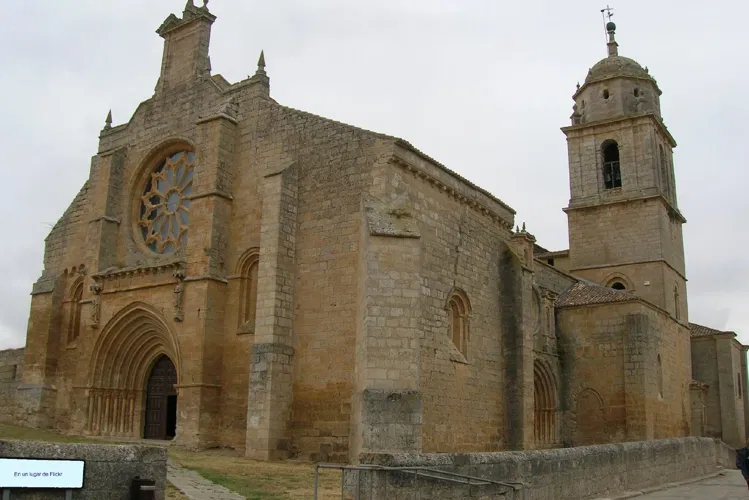
Collegiate of Santa María del Manzano
CastrojerizThe main portal of the Church of Nuestra Se ora del Manzano is a significant feature, showcasing Gothic architecture. It is located at the foot of the temple and is designed in the style of a flared bow with Archivolts and baquetones. The bases and capitals feature plant motifs. On either side of the portal, visitors can admire two stone sculptures from the thirteenth century, representing the Virgin Mary and the Archangel Gabriel.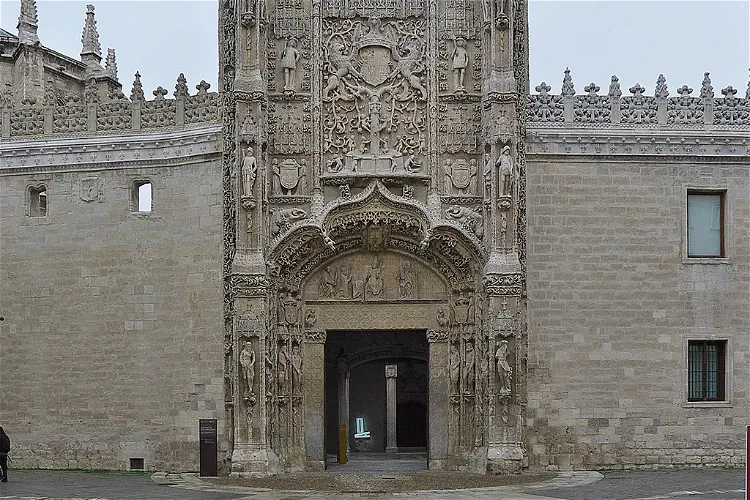
National Museum of Sculpture
ValladolidThe Museo Nacional Colegio de San Gregorio, located in Valladolid, Spain, is a museum dedicated to religious sculptures and portraits. It offers a unique opportunity to explore the rich history and culture of Spain through its religious art.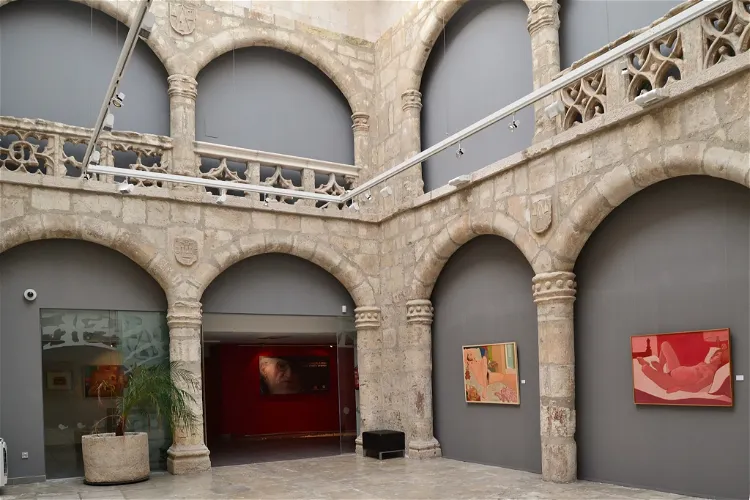
Museo Anatómico
ValladolidThe Museo de la Universidad de Valladolid (MUVa) is a museum located in Valladolid, in the autonomous community of Castilla y León, Spain. It is managed by the University of Valladolid and houses various collections of historical, artistic, and scientific value. The museum's official address is in the Palacio de Santa Cruz, the first Renaissance building constructed in Spain.
Museum of San Antolin
TordesillasThe Museum of San Antolin is situated in the ancient San Antolin church and parish in the town of Tordesillas, within the province of Valladolid, in the autonomous community of Castile and Leon, Spain. This location offers a unique blend of historical and cultural significance, making it an interesting destination for tourists.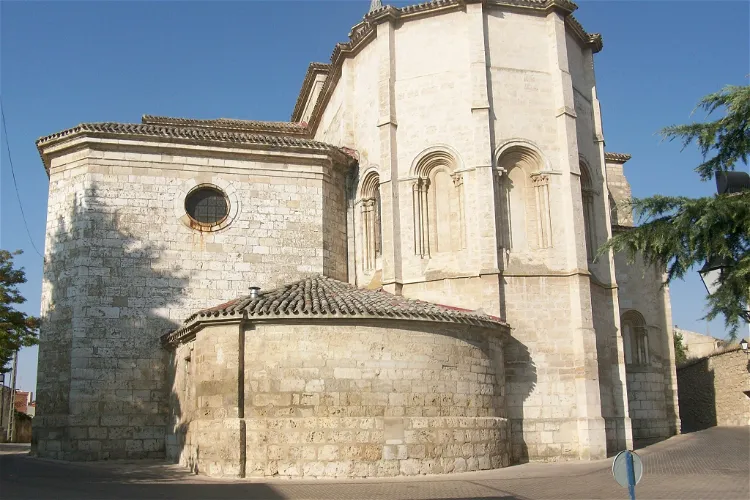
Church of Santa María de la Asunción
DueñasThe Church of Santa María de la Asunción is a significant Catholic place of worship located in the Plaza de la Paz in Dueñas, Spain. This church is part of the historic and artistic ensemble that makes up the historic center of Dueñas. It is a place of great historical and architectural interest, making it a worthwhile stop for tourists visiting the area.
Testamentary Real Palace
Medina del CampoToday, the Testamentary Royal Palace serves as an interpretive center dedicated to the life and times of Queen Isabella the Catholic. Visitors can immerse themselves in the history of this influential queen and her era. Special focus is given to the queen's will and codicil, as well as Christopher Columbus's Third Voyage, providing a comprehensive understanding of this pivotal period in history.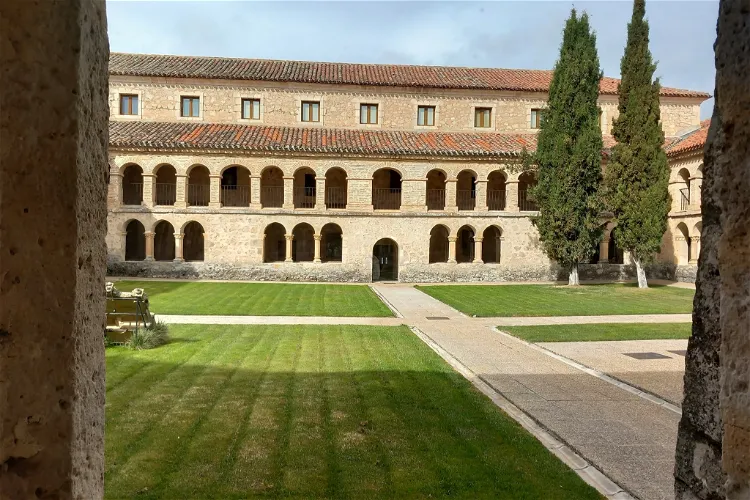
Monasterio de Santo Domingo
CaleruegaThe Real Monasterio de Santo Domingo de Guzmán is a significant historical site located in Caleruega, in the province of Burgos, Castilla y León, Spain. This location is known for its rich history and architectural beauty, making it a point of interest for tourists visiting the region.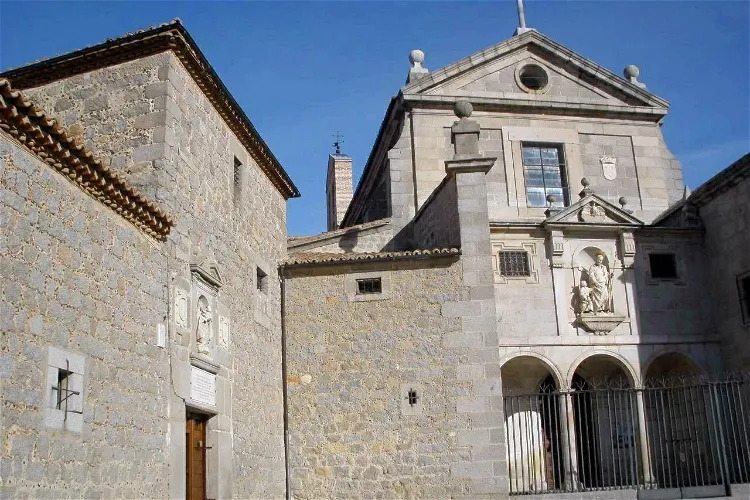
Convent of San José
ÁvilaThe Convento de San José, located in Ávila, Spain, is a monastery of Discalced Carmelite nuns. It is conveniently situated not far from the city center, providing easy access for visitors. However, it is positioned outside the medieval walls, offering a unique perspective of the city's historical architecture.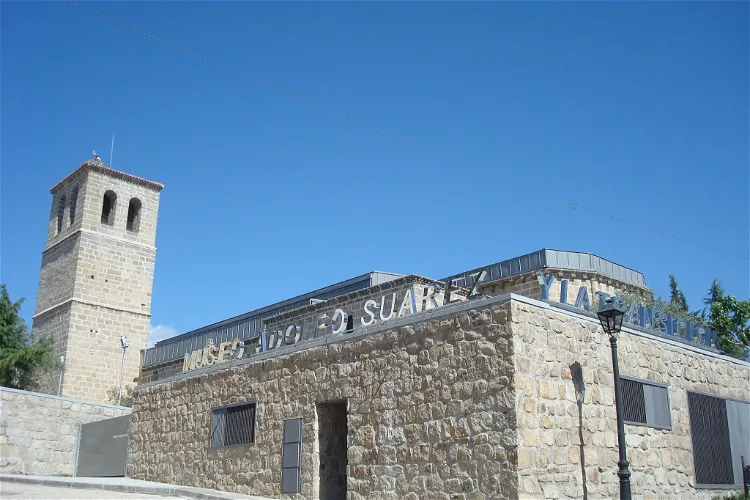
Adolfo Suárez Museum and Transicion
CebrerosThe Adolfo Suárez and Transition Museum (MAST) is a museum of contemporary history located in Cebreros, Ávila, Spain. It pays tribute to the former Prime Minister Adolfo Suárez and the people who fought for the arrival of democracy in Spain. The museum is a testament to the historical process of the Spanish Transition and is a tribute to all those who worked and fought for the arrival of Democracy.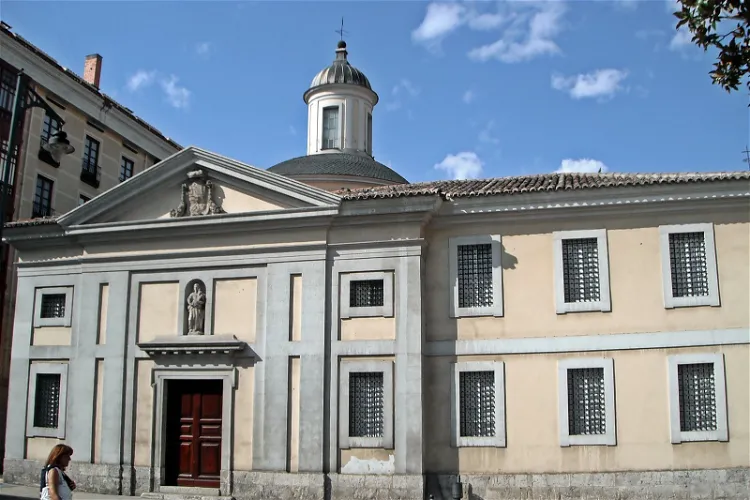
Real Monasterio de San Joaquín y Santa Ana
ValladolidThe Museum of the Monastery of San Joaquin and Santa Ana is a sacred art museum located within the church of the Royal Monastery of San Joaquin and Santa Ana in Valladolid, Spain. This museum houses valuable pieces of Spanish Baroque sculpture and is a significant cultural and historical site.
Monastery of Santa María de Huerta
Santa María de HuertaThe Monastery of Santa María de Huerta, located in Santa María de Huerta, Spain, is a historical site with a rich past. Originally a Cistercian abbey, it is now home to a Trappist community. The monastery was founded in 1144 and has endured through various historical periods, including the Mendizábal confiscation in 1835. It was reoccupied by a Cistercian monastic community in 1930, this time following the strict observance.